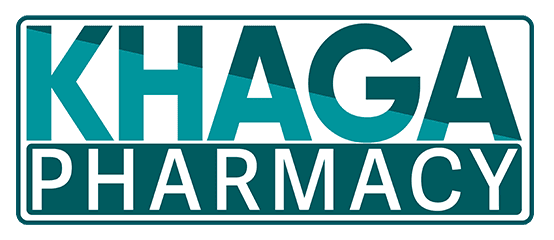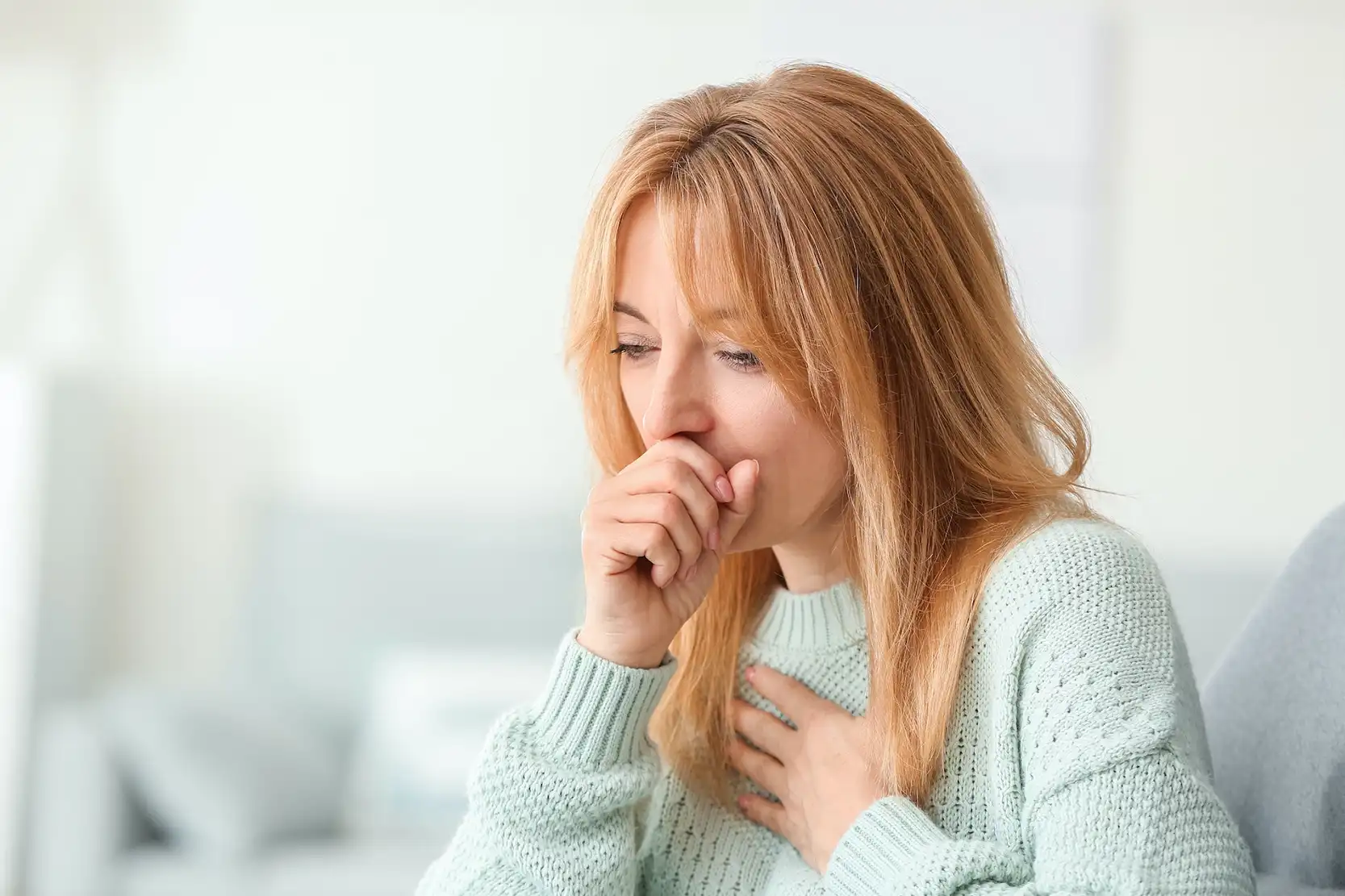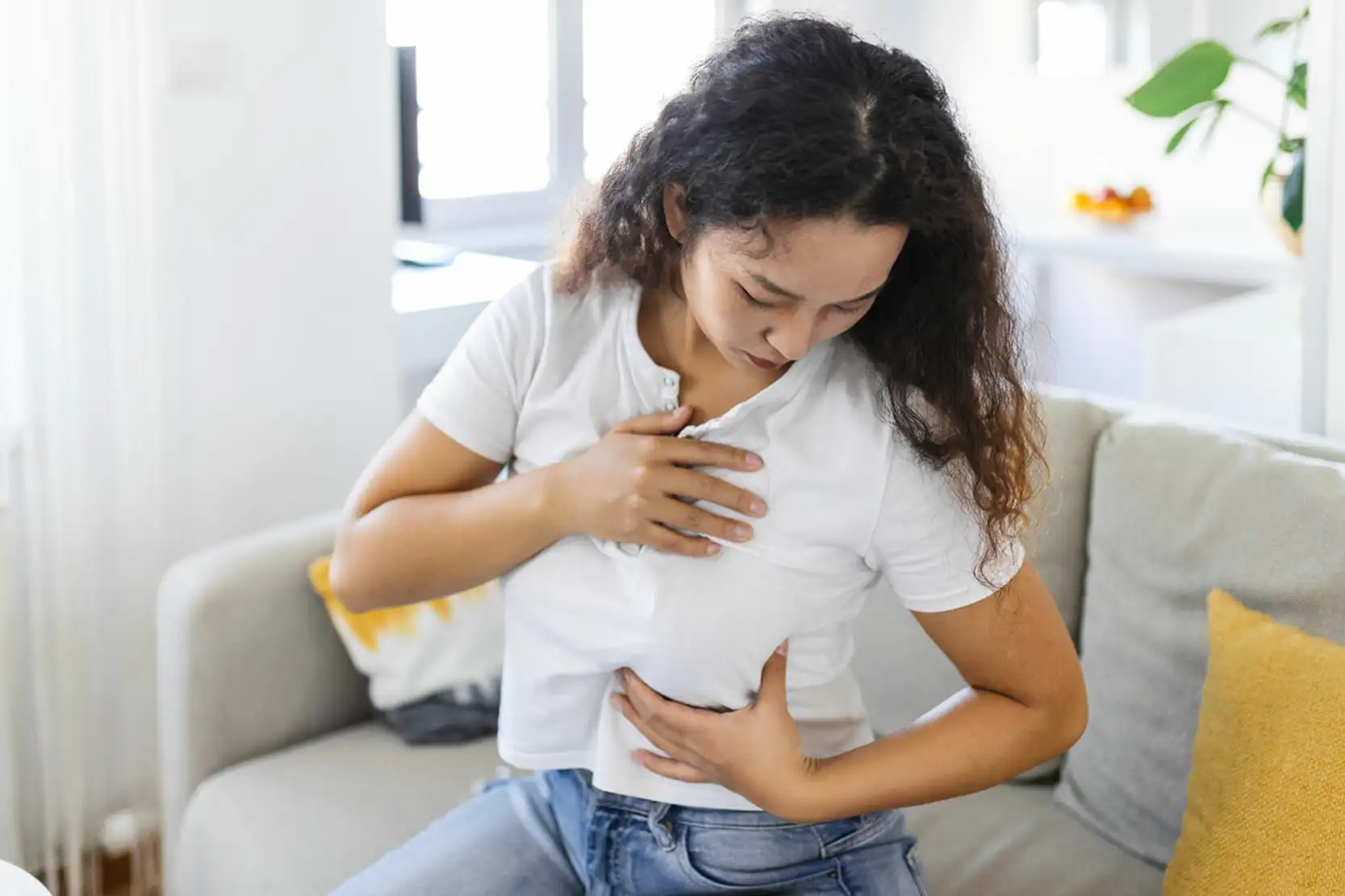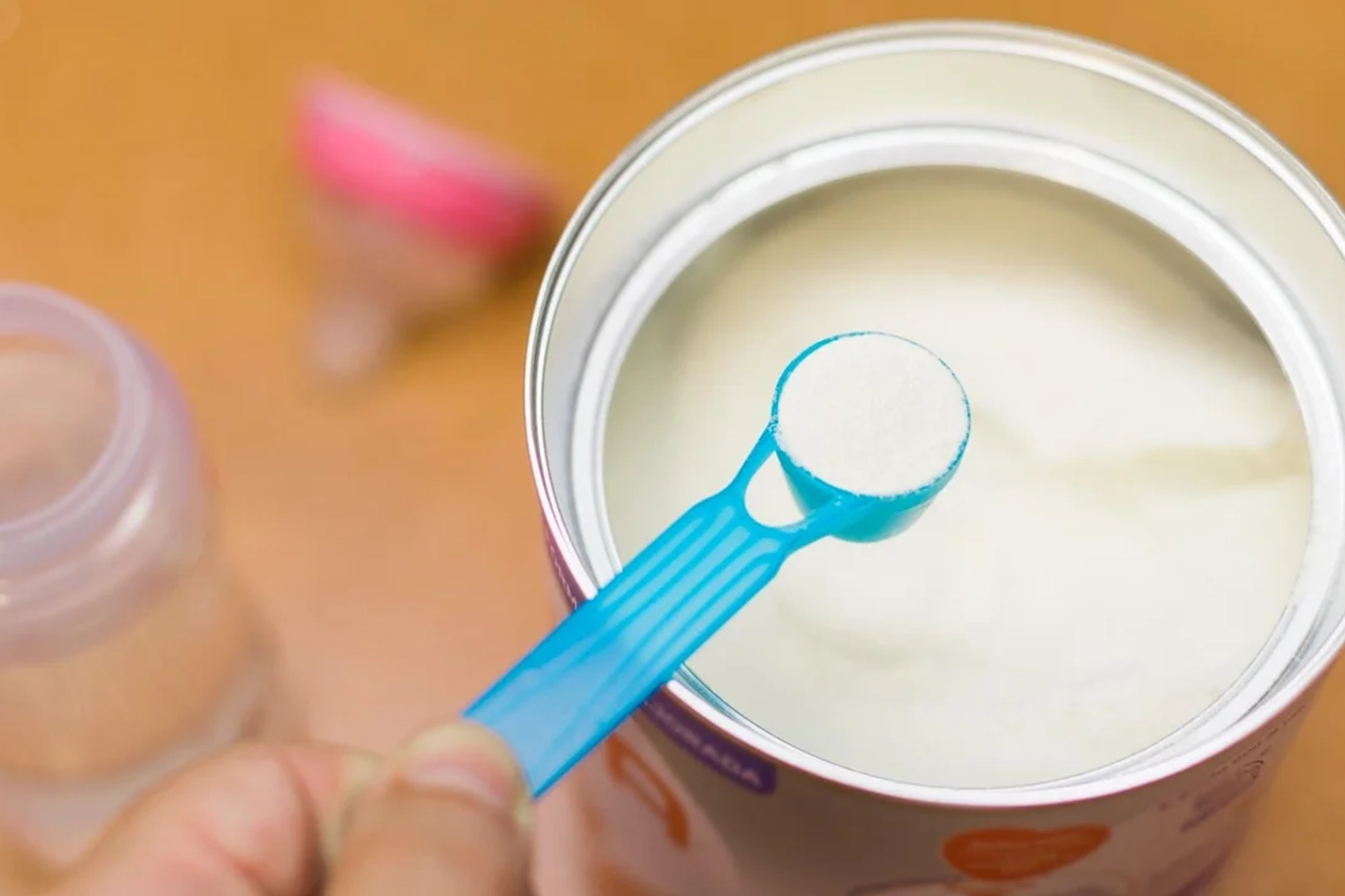
HEALTH BLOG
Does Diet Dr Pepper Have Caffeine? The Real Truth in 2024 Behind Myth
-
Rahul Priydarss
Explore the truth about whether Does Diet Dr Pepper Have Caffeine? in our informative article. Learn about its ingredients, caffeine content, and how it stacks up against other beverages. Whether you’re managing your caffeine intake or curious about soda options, discover everything you need to know here.
Introduction of Does Diet Dr Pepper Have Caffeine:
When it comes to choosing a soft drink, many people consider not only the flavor but also the caffeine content. Diet Dr Pepper’s unique blend of 23 flavors is a popular choice among soda enthusiasts looking for a low-calorie alternative. However, questions often arise about its caffeine content. Understanding the caffeine content in Diet Dr. Pepper is important for those who are monitoring their caffeine intake for health reasons or simply want to manage their daily consumption. This article explores whether Diet Dr. Pepper contains caffeine and provides insights into how it compares to other popular beverages.
What is Dr Pepper:
Dr. Pepper is a carbonated soft drink known for its unique and distinctive flavor. Created in the 1880s by pharmacist Charles Alderton in Waco, Texas, Dr. Pepper is often celebrated for its blend of 23 different flavors, which include a mix of fruity, spicy, and sweet notes. This combination sets it apart from other sodas, giving it a taste that is difficult to categorize into a single flavor profile.
The drink was first served in 1885 and has since become a staple in the soft drink industry. Dr. Pepper is available in various formulations, including regular, diet, and caffeine-free versions, catering to a wide range of consumer preferences. Its branding often emphasizes its uniqueness and versatility, making it a popular choice for those seeking something different from the typical cola or lemon-lime soda.
In addition to its classic version, Dr. Pepper has also released several variations over the years, including cherry, vanilla, and other limited-edition flavors, further solidifying its place as a beloved and enduring beverage in the global market.
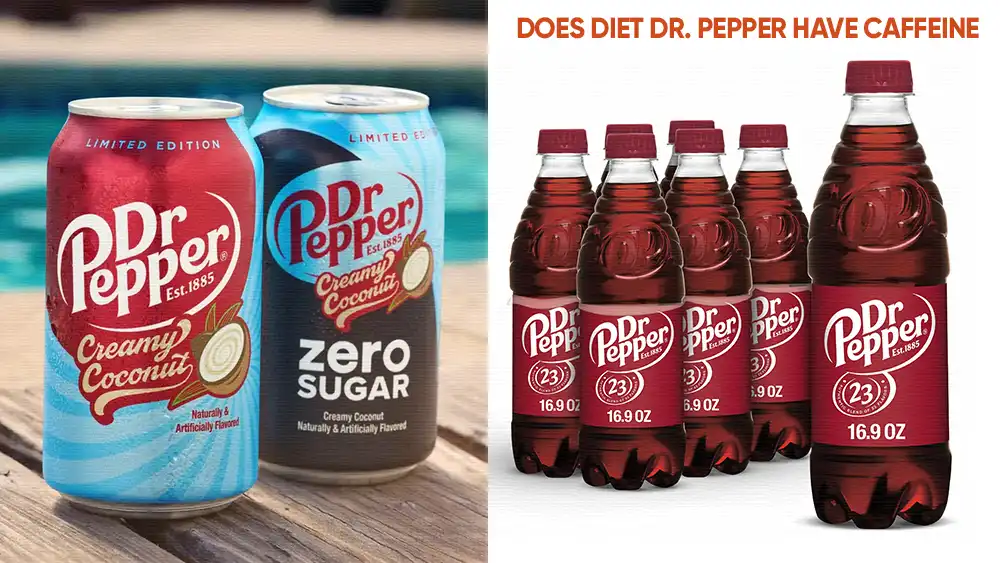
Table of Contents
Origin of Dr Pepper:
Dr. Pepper originated in the late 19th century, created by Charles Alderton, a pharmacist working at Morrison’s Old Corner Drug Store in Waco, Texas. In 1885, Alderton was experimenting with different flavor combinations, aiming to create a unique-tasting soft drink. He eventually concocted a blend that customers found refreshing and distinct, which later became known as Dr. Pepper.
The drink was first served to the public in December 1885. Wade Morrison, the drug store owner, is credited with naming the beverage “Dr. Pepper,” although the exact origin of the name remains unclear. Some theories suggest it was named after Dr. Charles T. Pepper, a Virginia doctor, while others propose it was inspired by a different Dr. Pepper, whose daughter Morrison was once in love with.
Dr. Pepper gained popularity quickly, and by 1891, the formula was patented, and the Dr. Pepper Company was established to market and distribute the beverage. It was introduced to a wider audience at the 1904 World’s Fair in St. Louis, Missouri, where it was promoted alongside other iconic American products like the ice cream cone and hot dog. This exposure helped Dr. Pepper expand beyond Texas and eventually become a nationally recognized brand.
Today, Dr. Pepper is enjoyed by millions of people worldwide, maintaining its reputation as a uniquely flavored soft drink with a rich history that began in a small Texas drug store.
The History of Dr Pepper:
The history of Dr. Pepper is a fascinating journey from its humble beginnings in a small Texas pharmacy to its status as a beloved and iconic soft drink brand worldwide. Here’s a detailed look at its evolution.
Origins and Creation: 1880s: Charles Alderton, a young pharmacist at Morrison’s Old Corner Drug Store in Waco, Texas, began experimenting with various combinations of fruit syrups and carbonated water to create a new type of soda. He aimed to replicate the smell of the drug store’s soda fountain, which had a distinctive and appealing aroma due to the many fruit syrups used.
1885: After numerous trials, Alderton created a unique blend of 23 flavors, resulting in a distinct taste that was well-received by customers. This beverage, initially called a “Waco,” quickly gained popularity among local patrons.
Early Development and Naming: 1885: Wade Morrison, the owner of the drug store, recognized the potential of Alderton’s creation. He began serving the beverage more widely and decided to name it “Dr. Pepper.” The exact origin of the name remains uncertain, with theories suggesting it could be named after Dr. Charles T. Pepper, a physician Morrison knew, or another Dr. Pepper who had some significance in Morrison’s life.
Expansion and Patenting: 1891: The popularity of Dr. Pepper led to the formation of the Artesian Mfg. & Bottling Company in Waco, which later became the Dr. Pepper Company. This allowed for larger-scale production and distribution of the beverage.
1904: Dr. Pepper was introduced to a national audience at the Louisiana Purchase Exposition (World’s Fair) in St. Louis, Missouri. It was marketed as a new kind of soda with a unique flavor, setting it apart from the more common cola drinks.
Growth and Innovation: 1920s-1930s: The company continued to grow, expanding its market reach and introducing innovative marketing campaigns. One famous campaign in the 1920s suggested that drinking Dr. Pepper at 10, 2, and 4 o’clock would keep people energized throughout the day.
1950s: The brand continued to innovate, introducing new packaging, such as cans and larger bottles, to meet consumer demand.
Modern Era and Brand Evolution: 1960s-1980s: Dr. Pepper merged with other companies, including a notable merger with the Seven-Up Company in 1986, forming Dr. Pepper/Seven-Up, Inc. This allowed for greater distribution and marketing resources.
1990s-Present: Dr. Pepper has continued to evolve, with the introduction of new product variations such as Diet Dr. Pepper, Caffeine-Free Dr. Pepper, and flavored versions like Cherry Vanilla Dr. Pepper. The brand has also been involved in various marketing campaigns, sponsorships, and collaborations, further solidifying its presence in popular culture.
Dr. Pepper Today: Today, Dr. Pepper is owned by Keurig Dr. Pepper, a result of a merger between Dr. Pepper Snapple Group and Keurig Green Mountain in 2018. The brand remains one of the most recognized and beloved soft drinks, known for its unique taste and rich history. Dr. Pepper continues to innovate while staying true to the original formula that made it famous.
The Appeal of Diet Dr Pepper:
Diet Dr. Pepper holds a special place among diet sodas, offering a unique appeal that sets it apart from other beverages. Here are some key factors that contribute to its widespread popularity.
Unique Flavor: Diet Dr. Pepper is renowned for its distinctive flavor, which closely mirrors the taste of the original Dr. Pepper. Unlike many diet sodas that often have an artificial aftertaste, Diet Dr. Pepper maintains the complex blend of 23 flavors that fans of the brand love. This makes it a preferred choice for those who want to enjoy a flavorful soda without the calories.
Calorie-Free Indulgence: For those watching their calorie intake, Diet Dr. Pepper provides a guilt-free way to enjoy a delicious beverage. With zero calories, it appeals to health-conscious consumers and those looking to reduce their sugar consumption without sacrificing taste.
Caffeine Content: Diet Dr. Pepper contains caffeine, which can provide a mild energy boost, making it a popular choice for those who want a pick-me-up without the added calories of a regular soda or the strong taste of coffee. This caffeine content appeals to individuals seeking a refreshing drink that can help them stay alert and focused.
Versatility: Diet Dr. Pepper’s versatility adds to its appeal. It can be enjoyed on its own, mixed with other beverages, or used as a mixer in cocktails. Its unique flavor complements a variety of foods and occasions, from casual gatherings to formal events.
Brand Loyalty: The strong brand identity of Dr. Pepper extends to its diet version. Many consumers who grew up enjoying Dr. Pepper are drawn to Diet Dr. Pepper as a way to continue enjoying the familiar taste while adhering to dietary preferences or restrictions. The brand’s nostalgic value and consistent quality foster a loyal customer base.
Marketing and Availability: Effective marketing campaigns and widespread availability contribute to the appeal of Diet Dr. Pepper. The brand’s advertising often highlights its unique flavor and zero-calorie advantage, attracting a broad audience. Additionally, Diet Dr. Pepper is easily accessible in supermarkets, convenience stores, and restaurants, making it a convenient choice for consumers.
Variety: Diet Dr. Pepper also offers several variations, such as Cherry Diet Dr. Pepper and Caffeine-Free Diet Dr. Pepper. These options cater to different taste preferences and dietary needs, broadening its appeal.
What is Caffeine?:
Caffeine is a natural stimulant found in various plants, including coffee beans, tea leaves, cacao pods (used to make chocolate), and kola nuts. It belongs to a class of compounds called methylxanthines and is known for its stimulating effects on the central nervous system.
Effects of Caffeine: When consumed, caffeine acts as a mild central nervous system stimulant, which can help increase alertness and reduce fatigue. It achieves this by blocking the action of adenosine, a neurotransmitter that promotes relaxation and sleepiness. By inhibiting adenosine, caffeine promotes the release of other neurotransmitters such as dopamine and norepinephrine, which contribute to increased alertness and improved mood.
Sources of Caffeine: Caffeine is commonly consumed in beverages such as coffee, tea, and energy drinks. It is also found in various foods and medications, including chocolate and certain pain relievers. The amount of caffeine in these sources can vary widely, with coffee and energy drinks typically containing higher concentrations compared to tea and chocolate.
Caffeine Content: The caffeine content in beverages can vary based on factors such as the type of bean or leaf used, the brewing method, and serving size. For example, a typical 8-ounce (240-milliliter) cup of brewed coffee contains approximately 80-100 milligrams of caffeine, while the same amount of black tea contains about 30-50 milligrams. Energy drinks can have much higher caffeine concentrations, ranging from 80 milligrams to over 200 milligrams per serving.
Effects of caffeine on the body: Moderate consumption of caffeine (about 200-400 milligrams per day, or roughly 2-4 cups of coffee) is generally considered safe for most adults. Beyond enhancing alertness, caffeine can also temporarily improve cognitive function, physical performance, and endurance. However, excessive consumption can lead to side effects such as insomnia, jitteriness, increased heart rate, and digestive issues.
Understanding Caffeine in Dr Pepper:
Understanding the caffeine content in Dr. Pepper is important for those who enjoy the beverage but also want to manage their caffeine intake. Here’s a closer look at the role caffeine plays in Dr. Pepper and what consumers should know.
Caffeine Content: Dr. Pepper, like many other soft drinks, contains caffeine. The exact amount can vary slightly depending on the formulation, but on average, a 12-ounce can of Dr. Pepper contains about 41 milligrams of caffeine. This amount is lower than that found in an equivalent serving of coffee, but higher than many other sodas, making it a moderate source of caffeine.
Does Diet Dr Pepper Have Caffeine?:
Yes, Diet Dr. Pepper does contain caffeine. Similar to the original Dr. Pepper, Diet Dr. Pepper is a caffeinated soft drink, which contributes to its appeal for those seeking a refreshing beverage with a bit of an energy boost.
Caffeine Content in Diet Dr. Pepper: Diet Dr. Pepper contains caffeine, although the exact amount can vary slightly depending on the specific formulation and serving size. On average, a 12-ounce can of Diet Dr. Pepper typically contains around 41 milligrams of caffeine.
Caffeine in Diet Dr. Pepper serves to provide a mild stimulant effect, contributing to increased alertness and energy. Individuals need to be aware of their caffeine intake, especially if they consume multiple caffeinated beverages throughout the day. For those who prefer to avoid caffeine, Diet Dr. Pepper also offers a caffeine-free version, providing the same distinctive taste without the stimulant effects.
- Diet Dr. Pepper: 41 mg per 12 oz
- Regular Dr. Pepper: 41 mg per 12 oz
- Diet Coke: 46 mg per 12 oz
- Coca-Cola: 34 mg per 12 oz
- Pepsi: 38 mg per 12 oz
- Mountain Dew: 54 mg per 12 oz
- Coffee: Roughly 95 mg per 8 oz
Benefits of Caffeine:
- Increased Alertness: The caffeine in Diet Dr. Pepper can help increase alertness and improve focus, making it a popular choice for those needing a quick pick-me-up.
- Enhanced Mood: Caffeine can positively affect mood by stimulating the central nervous system, leading to improved feelings of well-being and reduced perception of fatigue.
Considerations for Caffeine Intake: While the caffeine content in Diet Dr. Pepper is moderate, it’s important for individuals to monitor their total daily caffeine intake, especially if they consume other caffeinated products. The FDA suggests that up to 400 milligrams of caffeine per day is generally safe for most adults, but sensitivity to caffeine can vary.
Caffeine-Free Alternatives:: For those who prefer to avoid caffeine, Dr. Pepper offers a caffeine-free version. Caffeine-Free Diet Dr. Pepper provides the same distinctive flavor without the stimulant effects, making it an excellent option for individuals who are sensitive to caffeine or prefer to limit their intake.

Diet Dr Pepper Ingredients:
Creating a precise table of exact ingredient quantities for Dr. Pepper is challenging as specific amounts are proprietary information and can vary by region or formulation. However, here’s a generalized list of ingredients typically found in Dr. Pepper.
| Ingredient | Description |
|---|---|
| Carbonated Water | Base of the soda |
| High Fructose Corn Syrup or Sugar | Sweetener |
| Caramel Color | Adds color |
| Phosphoric Acid | Provides tartness and balances sweetness |
| Natural and Artificial Flavors | Contributes to the unique taste |
| Caffeine | Natural stimulant |
| Sodium Benzoate | Preservative to maintain freshness |
| Sodium (from sodium benzoate and/or sodium citrate) | Trace amounts for taste adjustment |
| Citric Acid | Provides tartness and enhances flavor |
Please note, the specific quantities of these ingredients are proprietary and can vary. The formulation may also vary based on factors like regional regulations or consumer preferences.
Range of Dr Pepper:
Dr. Pepper, known for its original flavor of 23 distinctive ingredients, has expanded its range over the years to include various flavors and formulations to cater to different tastes and preferences. Here are some of the notable flavors and variations of Dr. Pepper.
- Dr. Pepper Original: The classic flavor with a blend of 23 flavors.
- Diet Dr. Pepper: A low-calorie version sweetened with aspartame and acesulfame potassium.
- Caffeine-Free Dr. Pepper: Provides the same flavor profile as the original without caffeine.
- Cherry Vanilla Dr. Pepper: Combines the original flavor with cherry and vanilla notes.
- Dr. Pepper Cherry: Focuses on cherry flavor alongside the traditional 23 flavors.
- Dr. Pepper Vanilla Float: A limited edition that aims to replicate the taste of a vanilla float.
- Dr. Pepper Berries and Cream: Blends the classic flavor with hints of berries and creamy notes.
- Dr. Pepper Dark Berry: A promotional variant with added berry flavors.
- Dr. Pepper TEN: A lower-calorie version marketed towards male consumers, originally sweetened with a blend of caloric and non-caloric sweeteners.
- Dr. Pepper & Cream Soda: A blend of Dr. Pepper’s classic taste with cream soda.
Dr Pepper Comparison with Other Drink:
When comparing Dr Pepper with other beverages, several factors come into play, including flavor, ingredients, and nutritional content. Here’s a comparison with some popular drinks.
Flavor Profile:
- Dr Pepper: Known for its distinctive blend of 23 flavors, Dr Pepper offers a complex taste profile that combines fruity, spicy, and cola notes.
- Coca-Cola: A classic cola beverage with a caramel flavor base and a refreshing taste.
- Pepsi: Similar to Coca-Cola but often considered sweeter with a citrusy twist.
Ingredients:
- Dr Pepper: Ingredients typically include carbonated water, high fructose corn syrup or sugar, caramel color, phosphoric acid, natural and artificial flavors, caffeine, sodium benzoate (preservative), and citric acid.
- Coca-Cola: Ingredients generally include carbonated water, high fructose corn syrup or sugar, caramel color, phosphoric acid, natural flavors, caffeine, and citric acid.
- Pepsi: Ingredients typically include carbonated water, high fructose corn syrup or sugar, caramel color, phosphoric acid, caffeine, citric acid, and natural flavors.
Caffeine Content (per 12 oz serving):
- Dr Pepper: Approximately 41 mg of caffeine.
- Coca-Cola: Approximately 34 mg of caffeine.
- Pepsi: Approximately 38 mg of caffeine.
Nutritional Content (per 12 oz serving):
- Dr Pepper: Contains about 150 calories, 41 grams of sugar (in the regular version), and 55 mg of sodium.
- Coca-Cola: Contains about 140 calories, 39 grams of sugar, and 45 mg of sodium.
- Pepsi: Contains about 150 calories, 41 grams of sugar, and 30 mg of sodium.
Market Position and Variants:
- Dr Pepper: Positioned as a unique soda with a loyal fan base, offering variations like Diet Dr Pepper, Cherry Dr Pepper, and Caffeine-Free Dr Pepper.
- Coca-Cola: Globally recognized brand with variants such as Diet Coke, Coca-Cola Zero Sugar, and flavors like Cherry Coke and Vanilla Coke.
- Pepsi: Competes closely with Coca-Cola, offering Diet Pepsi, Pepsi Zero Sugar, and flavors like Pepsi Wild Cherry and Pepsi Vanilla.
How to Determine Caffeine Content in Dr Pepper:
Determining the caffeine content in Dr Pepper involves several methods, depending on whether you’re looking for a precise measurement or an estimate. Here are common approaches.
1. Label Information: The most straightforward method is to check the product label. Most commercially sold Dr Pepper beverages, whether regular or diet, list the caffeine content per serving (usually per 12-ounce can or bottle) on the nutrition label. This information provides an accurate measure according to the manufacturer’s testing and regulatory guidelines.
2. Manufacturer’s Website or Customer Service: If the caffeine content is not listed on the product label or if you’re curious about different formulations (like variations or regional differences), visiting the manufacturer’s website or contacting their customer service can provide detailed information. Companies like Keurig Dr Pepper, which produces Dr Pepper, often maintain updated nutritional information online.
3. Analytical Testing: For researchers or those needing precise data, analytical testing can be conducted. This involves using laboratory methods to analyze the caffeine content in a sample of Dr Pepper. Analytical testing can confirm the accuracy of label claims or provide information when specifics are not readily available.
4. General Estimates: If exact caffeine content is not available and you need a rough estimate, you can refer to general estimates based on similar beverages or averages. For example, standard Dr Pepper typically contains around 41 milligrams of caffeine per 12-ounce serving, but this can vary slightly depending on the product variant or formulation.
5. Importance of Accuracy: It’s important to note that caffeine content can vary based on factors such as production methods, formulation changes, or regional regulations. Checking the label or official sources ensures accuracy in understanding caffeine intake, especially for those monitoring their consumption for health or dietary reasons.
Potential Health Effects of Caffeine in Dr Pepper Drinks:
The caffeine found in Dr Pepper can have several potential health effects, both positive and negative, depending on individual sensitivity and consumption levels.
Positive Effects:
- Increased Alertness: Caffeine is a natural stimulant that can help improve focus, concentration, and alertness shortly after consumption.
- Enhanced Physical Performance: Caffeine can temporarily increase adrenaline levels, which may improve physical performance during activities like exercise or sports.
- Improved Mood: Moderate consumption of caffeine has been linked to enhanced mood and reduced feelings of fatigue.
Negative Effects:
- Insomnia and Disrupted Sleep: Consuming caffeine, especially later in the day or in excessive amounts, can interfere with sleep patterns, leading to insomnia or disrupted sleep.
- Increased Heart Rate and Blood Pressure: Caffeine can temporarily elevate heart rate and blood pressure, which may pose risks for individuals with pre-existing cardiovascular conditions or hypertension.
- Jitteriness and Anxiety: Some individuals may experience jitteriness, nervousness, or anxiety as a result of caffeine consumption, particularly in higher doses or if sensitive to stimulants.
- Digestive Issues: Caffeine can stimulate the production of stomach acid, potentially leading to digestive discomfort such as acid reflux or heartburn, especially in those prone to gastrointestinal issues.
- Dependency and Withdrawal: Regular consumption of caffeine can lead to physical dependence, with withdrawal symptoms such as headaches, irritability, fatigue, and difficulty concentrating when caffeine intake is reduced or stopped suddenly.
Considerations for Safe Consumption:
- Moderation: Limit caffeine intake to moderate levels, typically up to 400 milligrams per day for most adults, which equates to about 3-4 cups of brewed coffee or several cans of caffeinated soda like Dr Pepper.
- Individual Sensitivity: Monitor personal tolerance to caffeine and adjust consumption accordingly based on how it affects sleep, mood, and overall well-being.
- Timing: Avoid consuming caffeine close to bedtime to minimize sleep disturbances.
- Hydration: Balance caffeinated beverage intake with water or other hydrating fluids to maintain overall hydration levels.
Recommended Caffeine Intake:
Caffeine is widely consumed and generally safe when taken in moderate amounts. However, understanding and adhering to recommended caffeine intake guidelines is essential for maintaining good health and avoiding potential adverse effects.
For adults, the U.S. Food and Drug Administration (FDA) suggests that up to 400 milligrams (mg) of caffeine per day is safe. This is approximately the amount found in four 8-ounce cups of brewed coffee. It’s important to note that individual tolerance to caffeine can vary widely, so some people might need to consume less. Pregnant women are advised to limit their caffeine intake to less than 200 mg per day, equivalent to about one 12-ounce cup of coffee coffee, as high caffeine intake during pregnancy has been associated with an increased risk of miscarriage and low birth weight.
Adolescents should also be mindful of their caffeine consumption. The American Academy of Pediatrics advises that adolescents limit their caffeine intake to no more than 100 mg per day, roughly the amount in one 8-ounce cup of coffee or two 12-ounce cans of soda. Excessive caffeine can interfere with sleep and increase anxiety and heart rate in younger individuals. For children under 12, caffeine is not recommended. For older children, it is best to minimize consumption due to their smaller body size and increased sensitivity to caffeine’s effects.
Monitoring caffeine intake is crucial because it is present in many foods and beverages, making it easy to consume more than intended. Common sources of caffeine include coffee, tea, soft drinks, energy drinks, chocolate, and some medications. For instance, an 8-ounce cup of coffee contains about 80-100 mg of caffeine, while a 16-ounce can of Monster Energy contains about 160 mg. Always check the caffeine content on beverage and food labels to keep track of your intake.
FAQs about Does Diet Dr Pepper Have Caffeine:
A1: Yes, Diet Dr. Pepper does contain caffeine. While it’s a low-calorie alternative to regular sodas, it includes caffeine, albeit in moderate amounts.
A2: A standard 12-ounce can of Diet Dr. Pepper typically contains about 41 milligrams of caffeine. This amount is slightly less compared to other caffeinated soft drinks like Diet Coke or Pepsi.
A3: No, Diet Dr. Pepper is not caffeine-free. It provides a mild caffeine boost, which contributes to its appeal for those seeking a soda with a bit of an energy lift.
A4: Caffeine is a natural stimulant found in many beverages, including Diet Dr. Pepper, to enhance alertness and provide a mild pick-me-up for consumers.
A5: Individuals sensitive to caffeine should consider their tolerance levels. While Diet Dr. Pepper has less caffeine than coffee or energy drinks, those highly sensitive may opt for caffeine-free versions or limit their consumption accordingly.
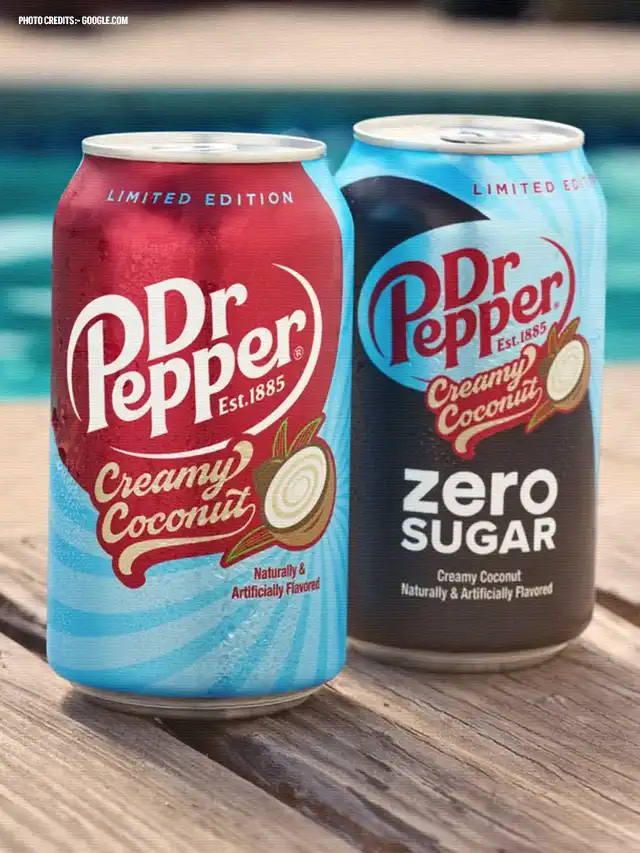
-Please remember, to always consult with healthcare professionals or Doctors for personalised advice related to medical conditions.
Conclusion:
In conclusion, Diet Dr Pepper does contain caffeine, providing a flavorful alternative for those seeking a low-calorie soda with a mild energy boost. Understanding its caffeine content is essential for consumers mindful of their intake. Whether enjoyed for its unique taste or dietary preferences, Diet Dr. Pepper continues to satisfy a broad audience. For those preferring to avoid caffeine, options like caffeine-free versions offer the same distinctive flavor without stimulant effects. Exploring the nuances of Diet Dr. Pepper’s ingredients and appeal highlights its enduring popularity in the beverage market.
